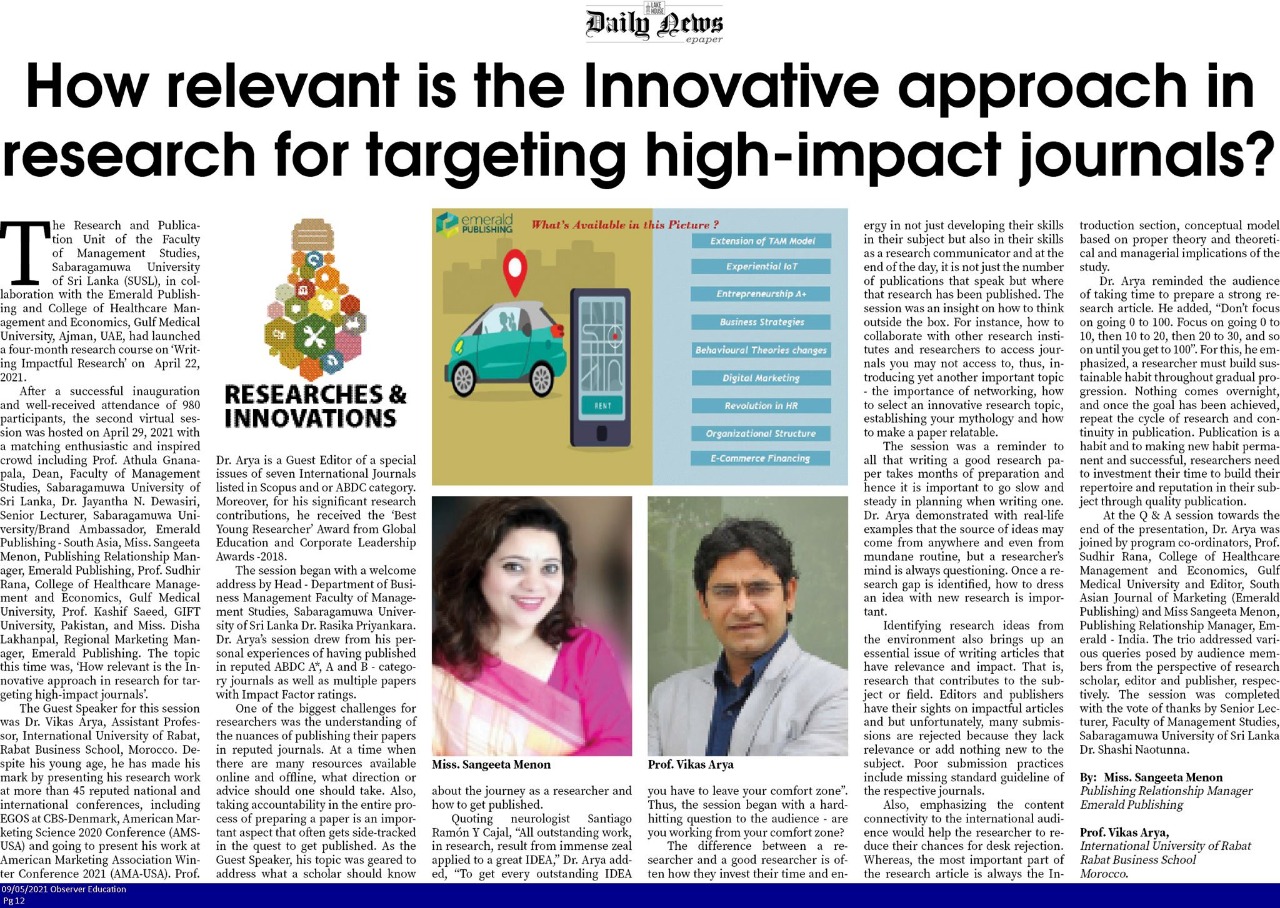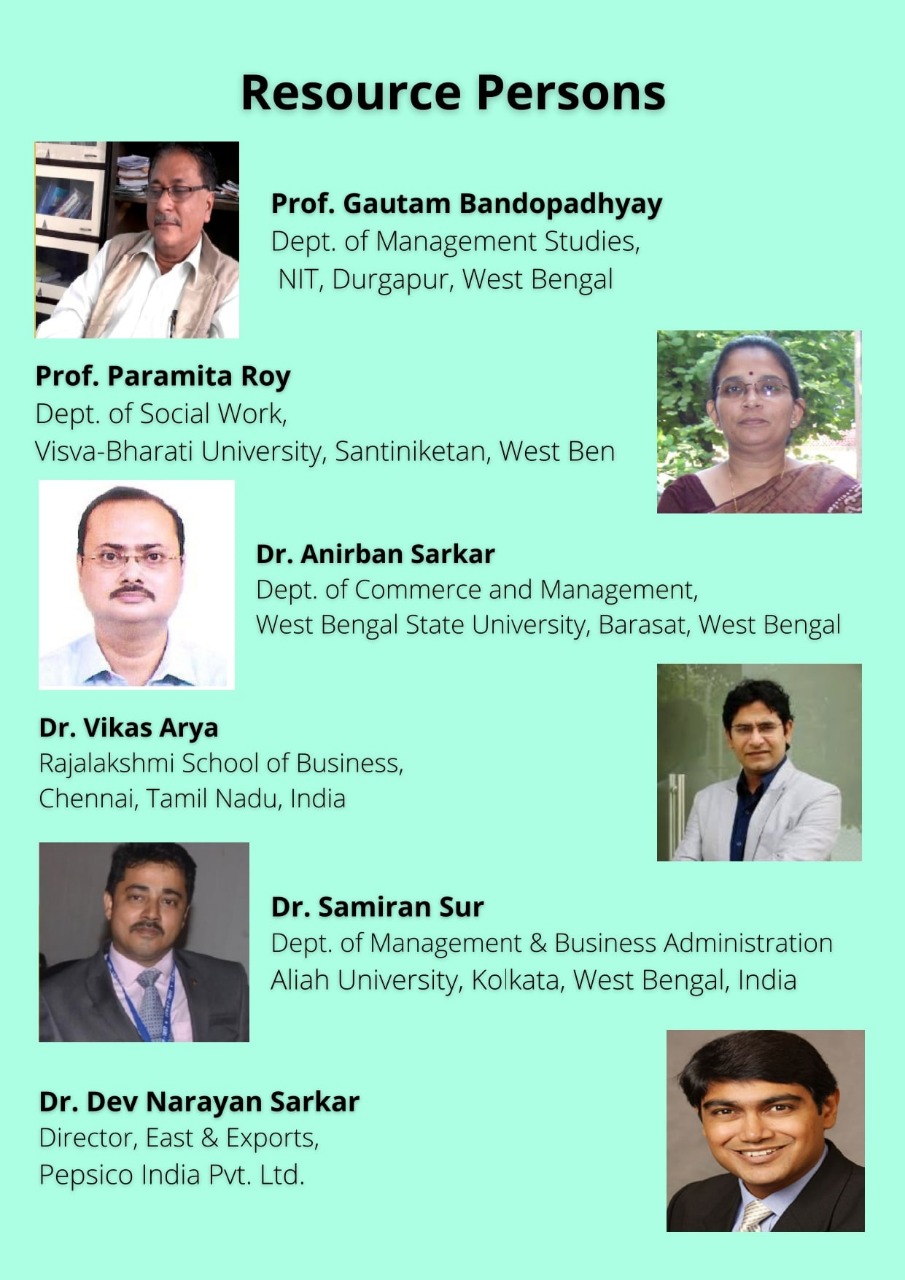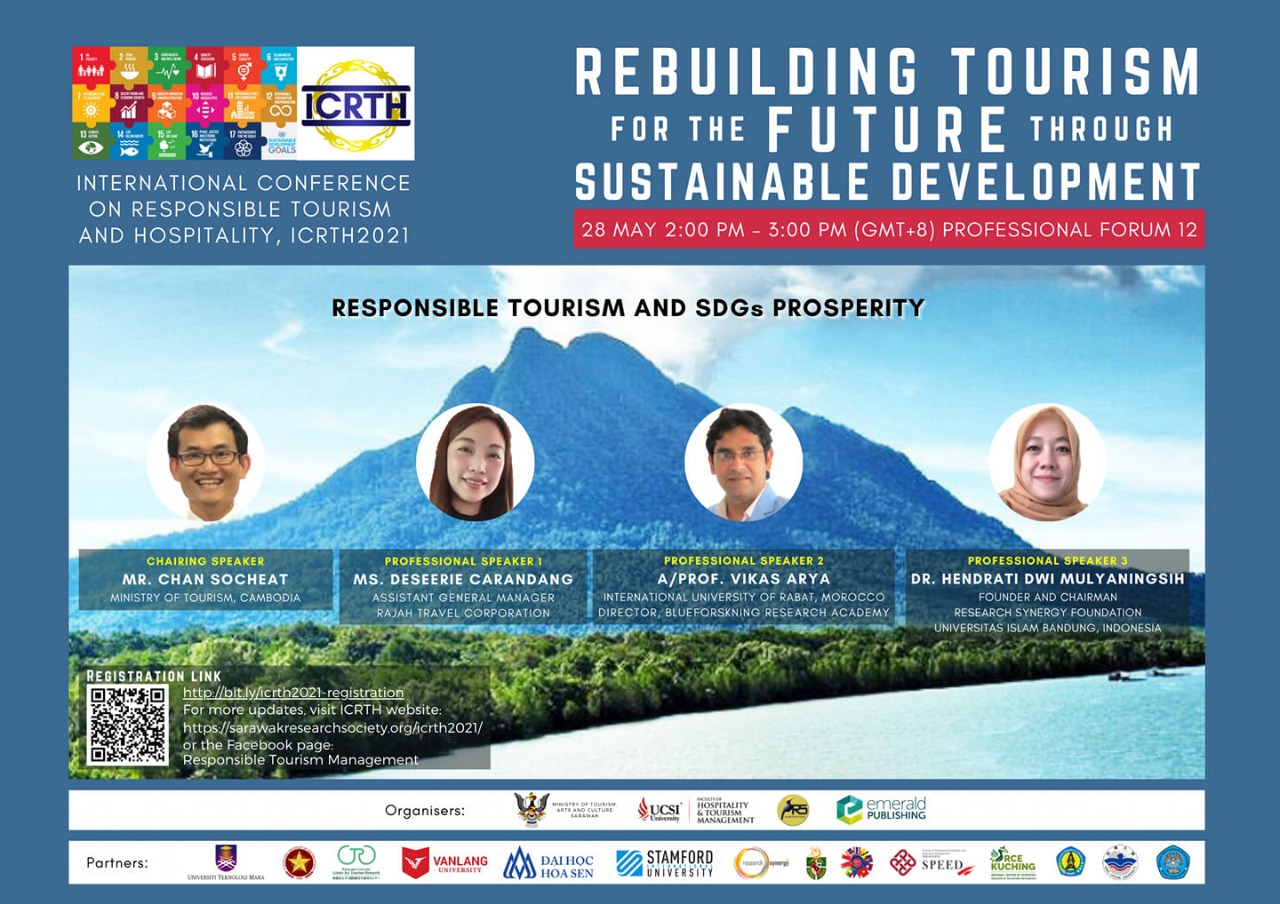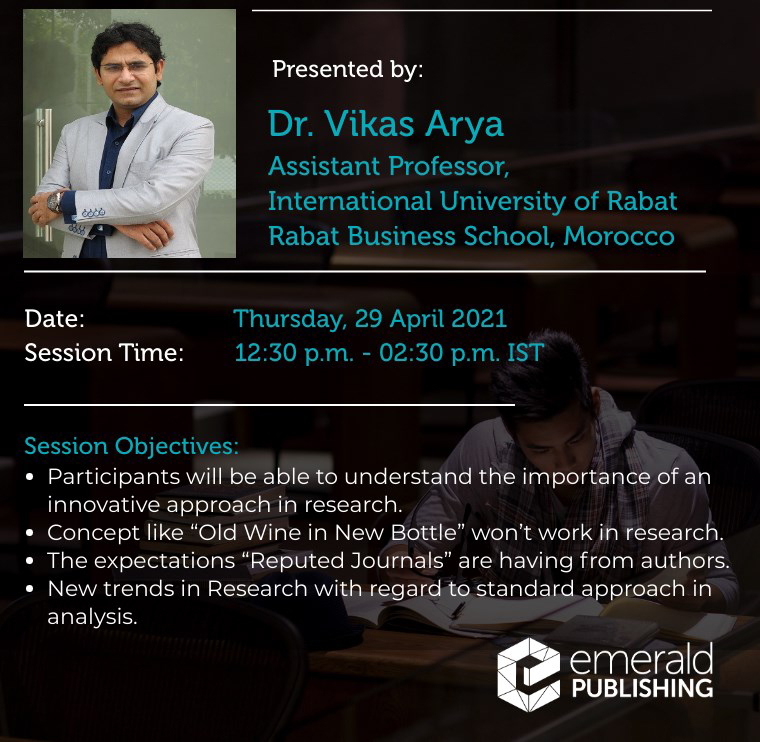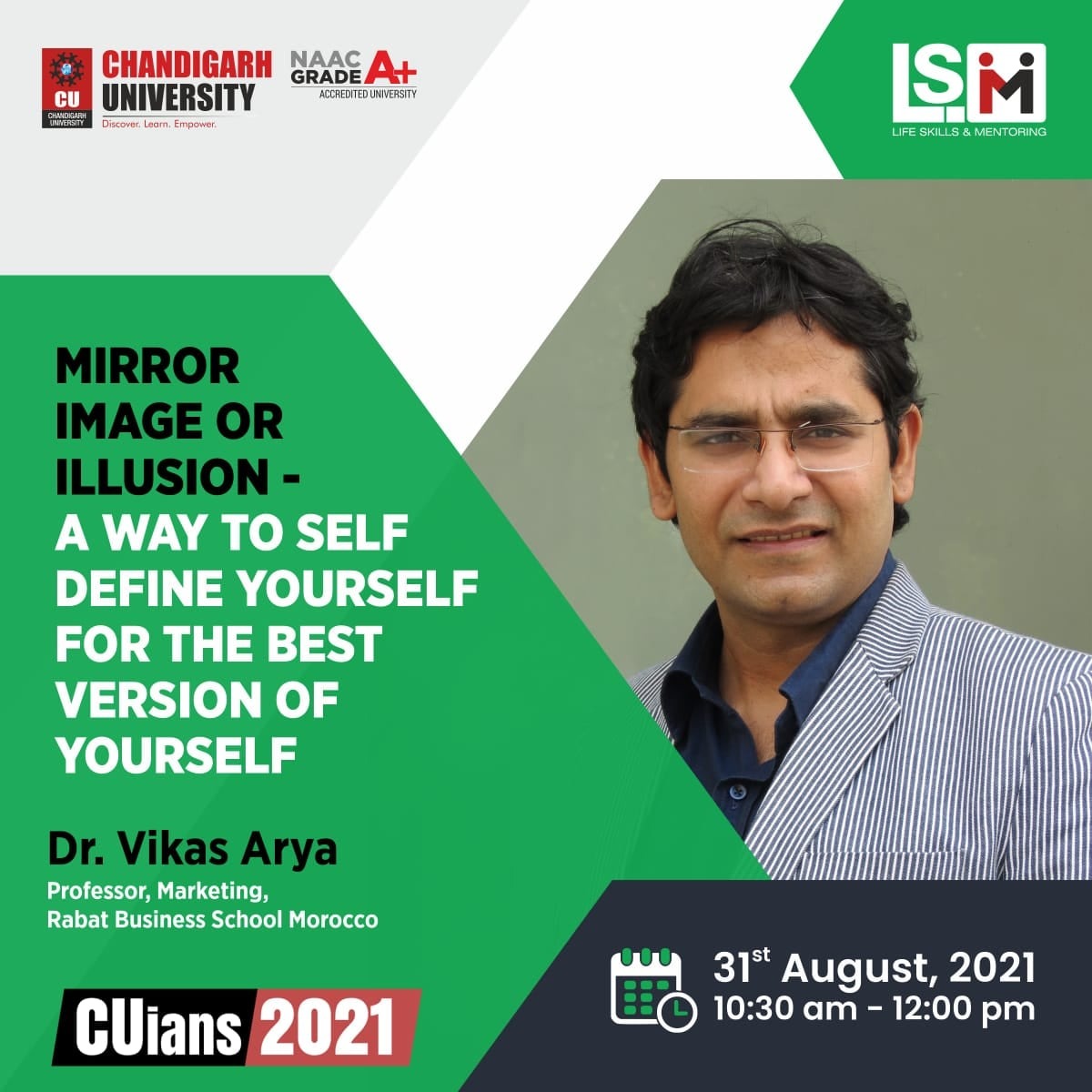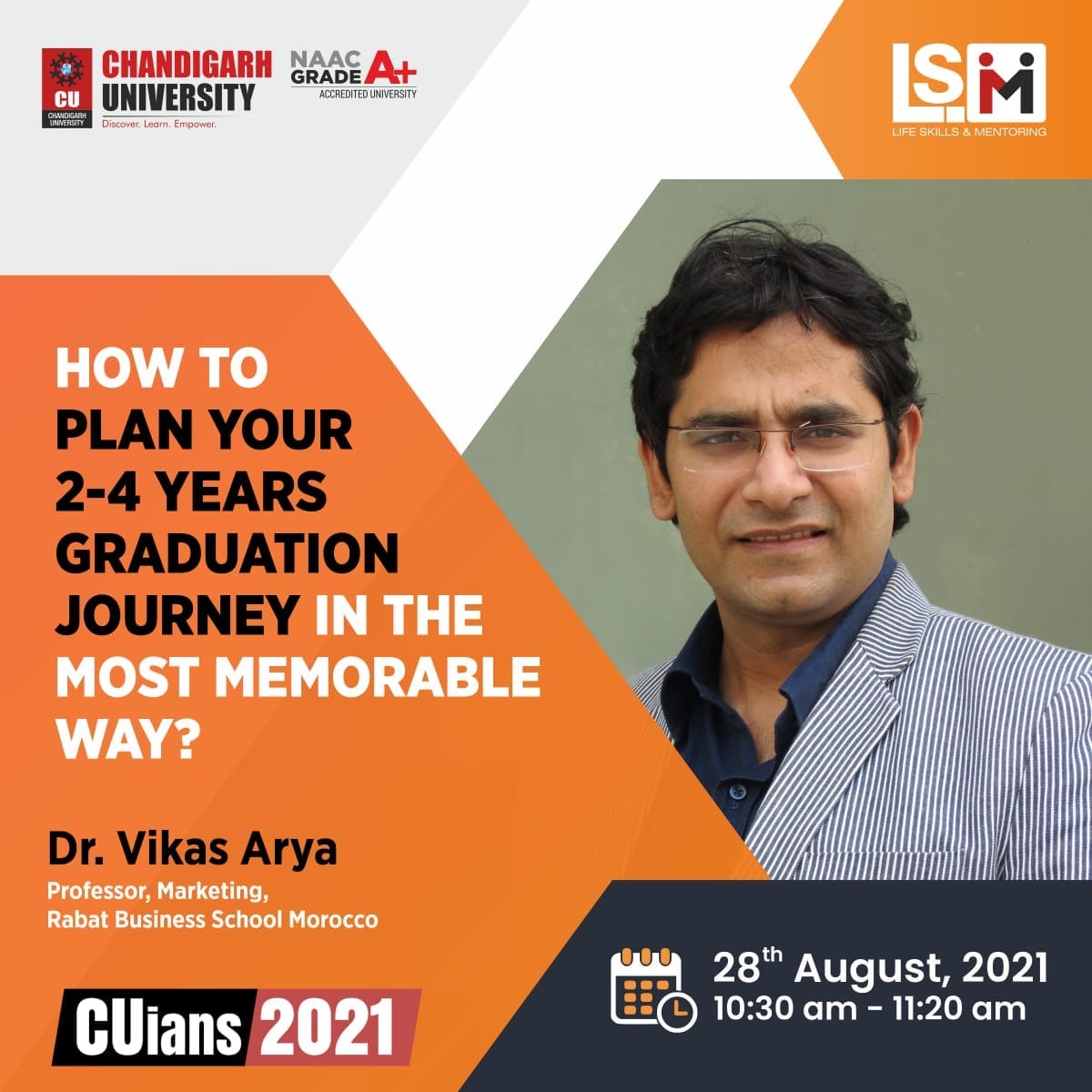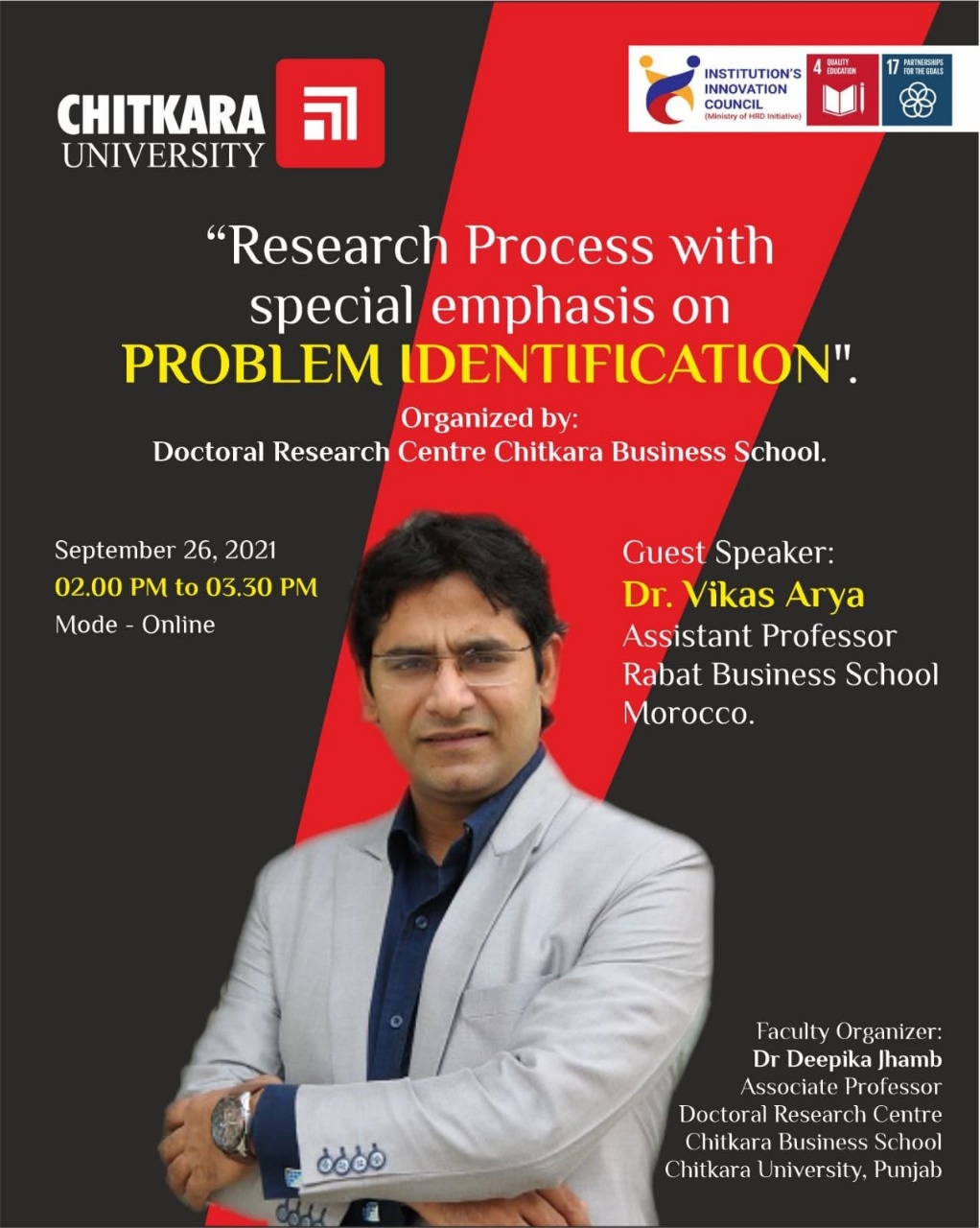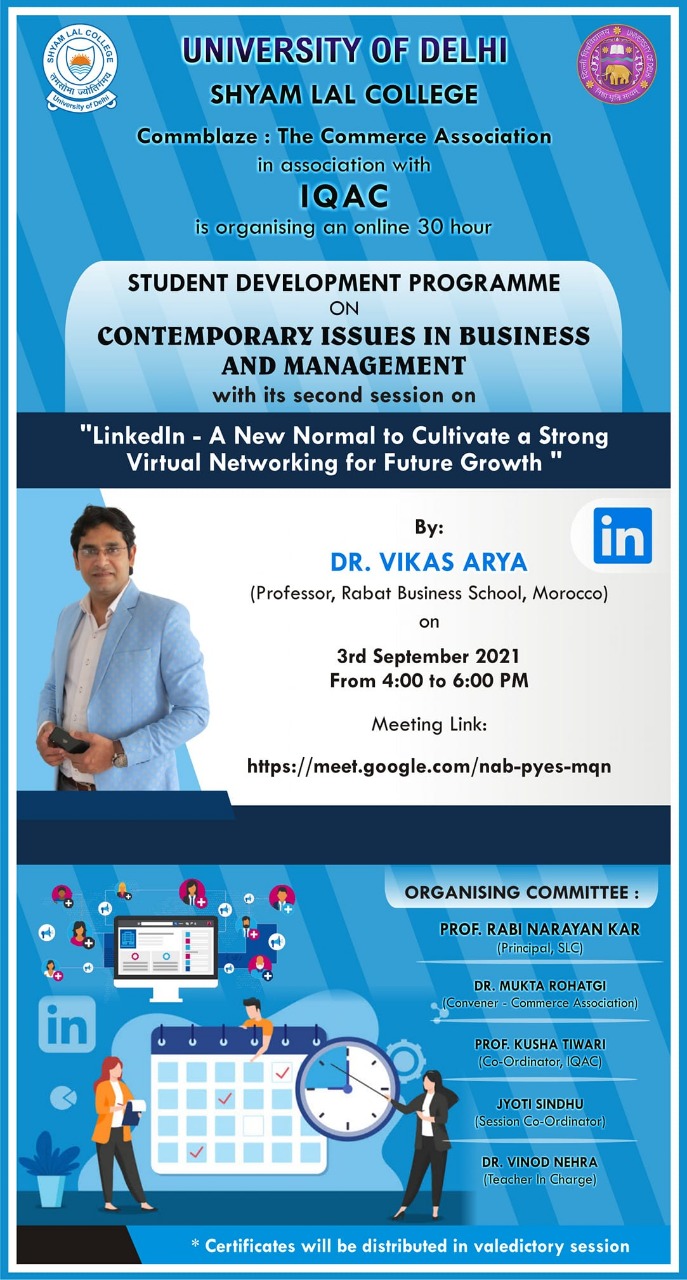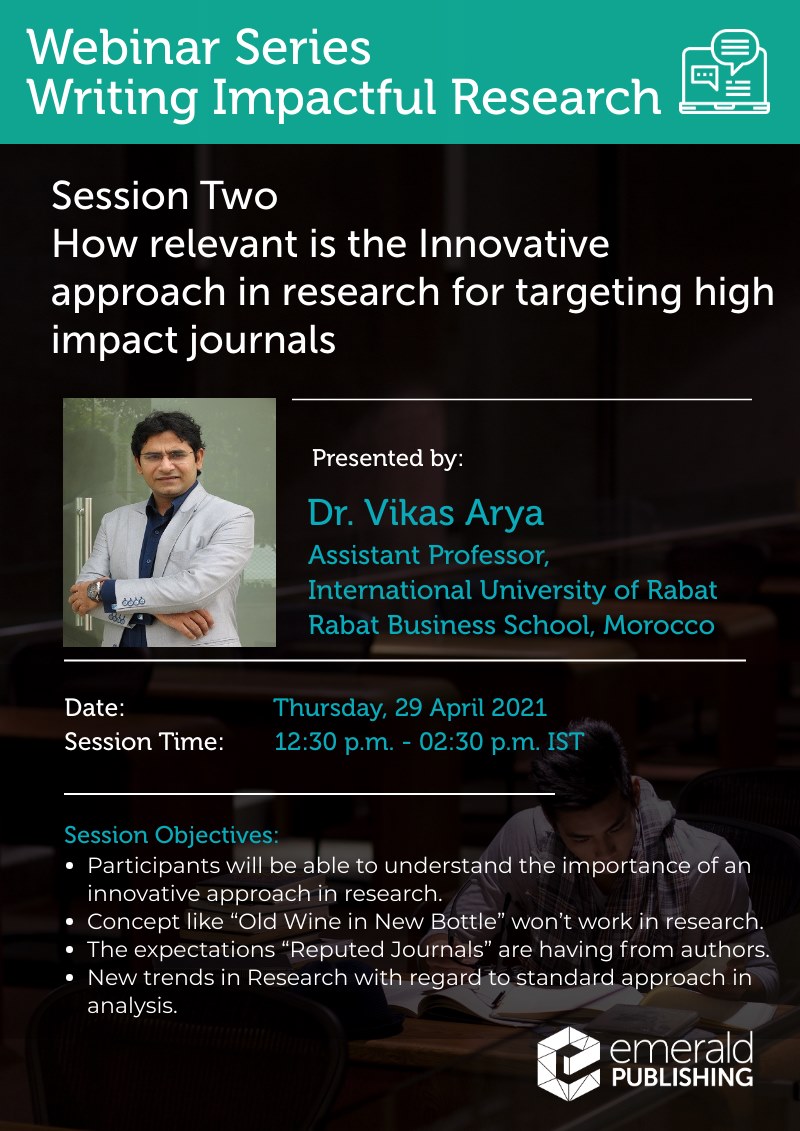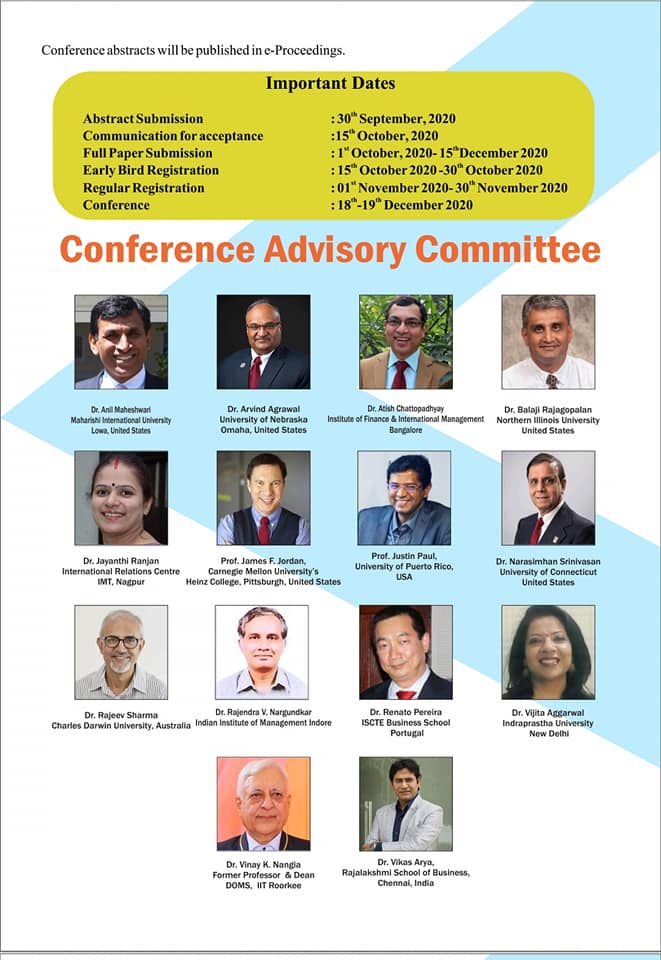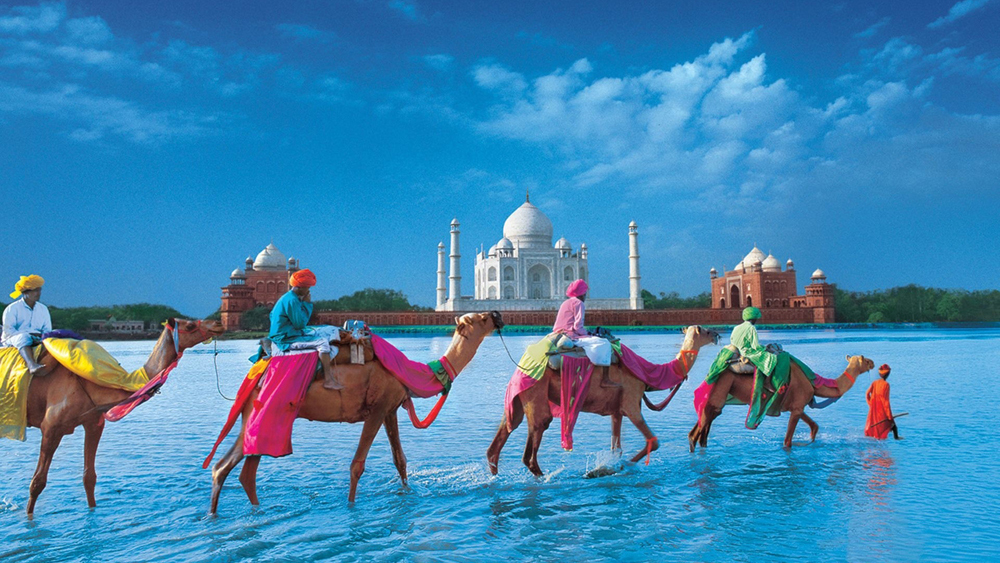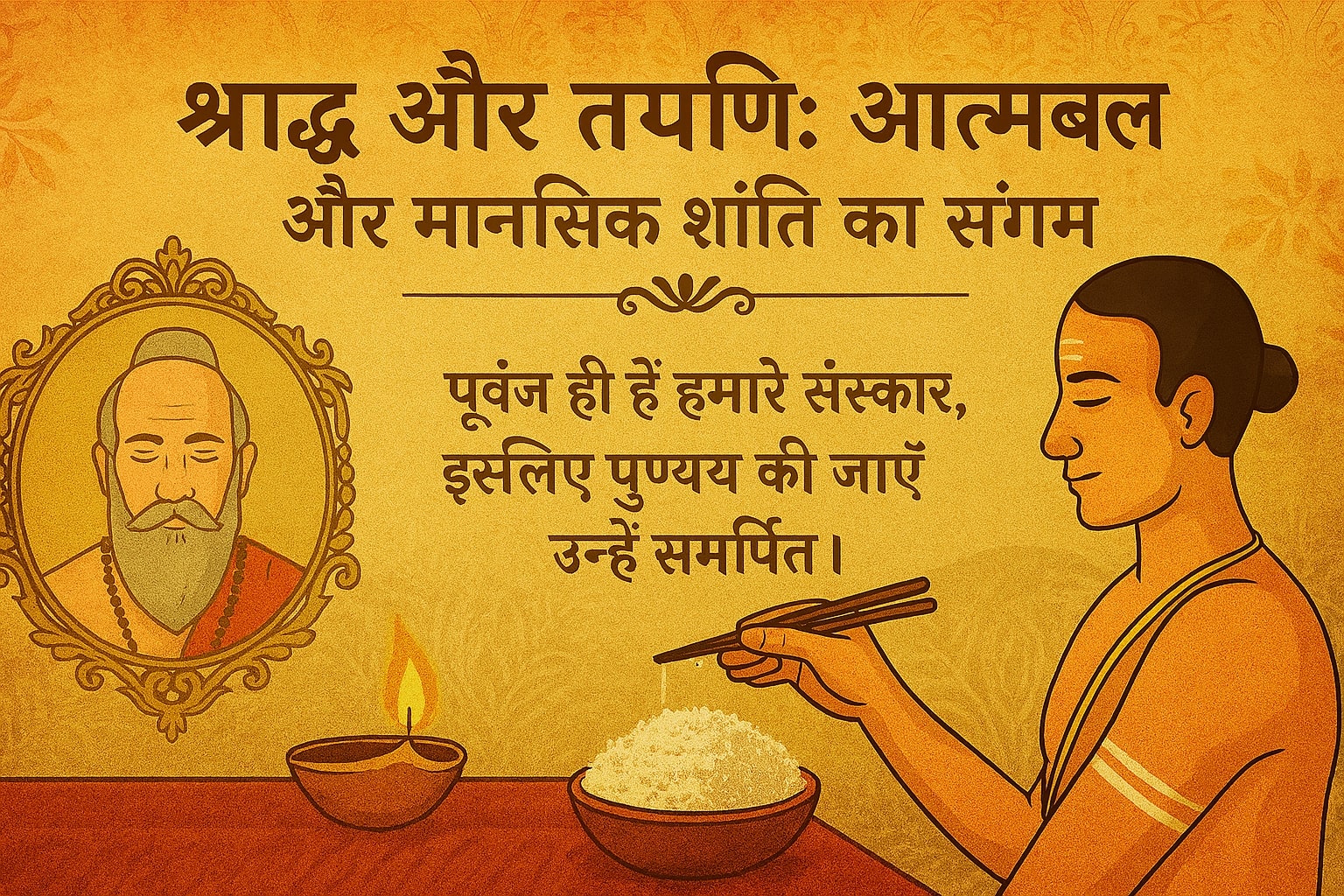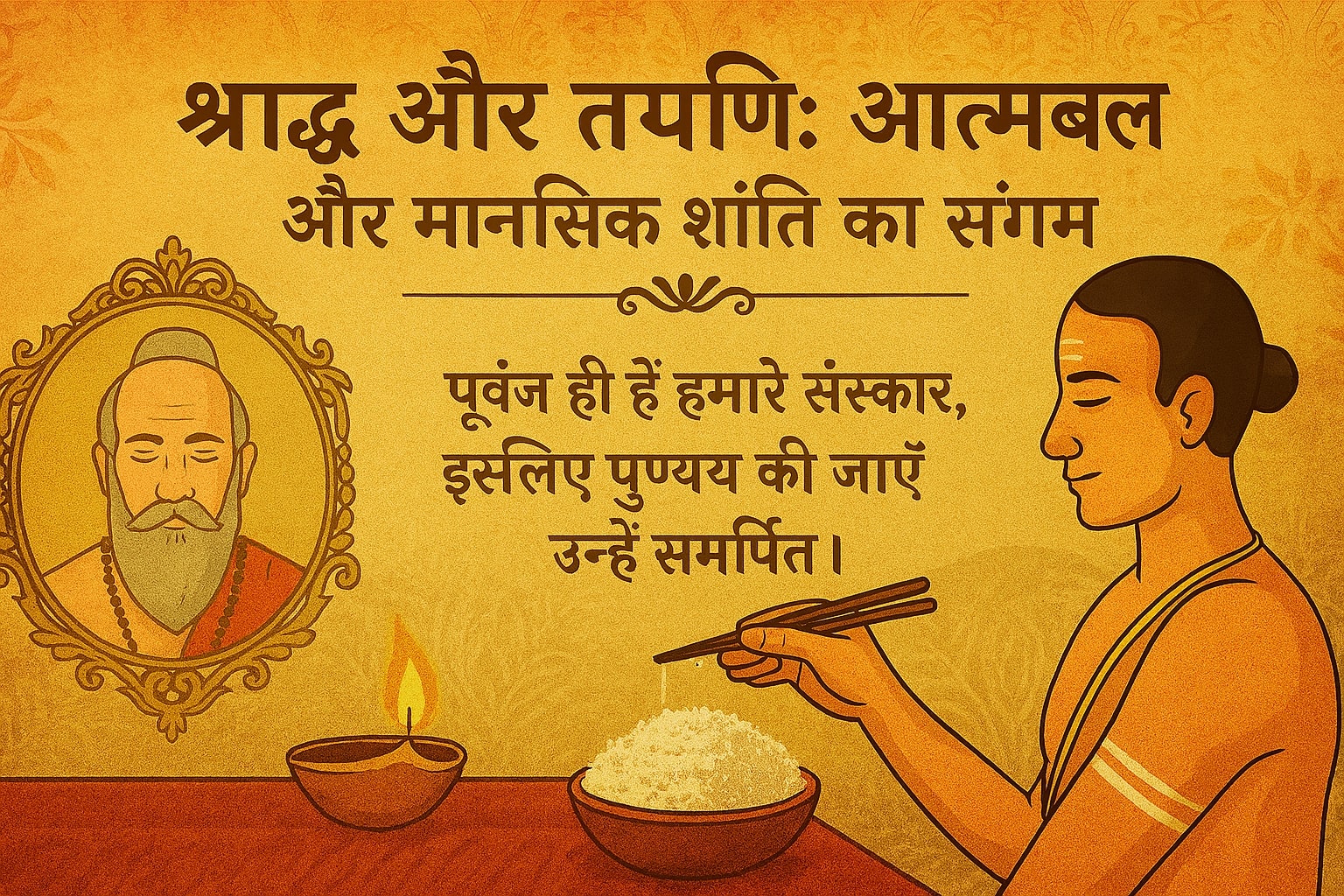श्राद्ध और तर्पण: पूर्वजों की स्मृति, न्यूरोसाइंस और मानसिक स्वास्थ्य का अद्भुत संगम - डॉ. विकास आर्य, पेरिस, फ्रांस
श्राद्ध और तर्पण भारतीय संस्कृति के ऐसे गहन आध्यात्मिक एवं वैज्ञानिक कार्य हैं, जो न केवल हमारे पूर्वजों के प्रति श्रद्धा व्यक्त करने का माध्यम हैं, बल्कि यह हमारी मानसिक, भावनात्मक और सामाजिक उन्नति के लिए भी महत्वपूर्ण हैं। यह परंपरा केवल रूढ़िवादिता नहीं है, बल्कि एक वैज्ञानिक रूप से गहराई से जुड़ा हुआ मनोवैज्ञानिक उपचार (psychological therapy) है, जो हमें आंतरिक शांति और आत्मबल प्रदान करता है।
न्यूरोसाइंस और स्मृति विकास का दृष्टिकोण
जब हम अपने पूर्वजों को याद करते हैं, उनकी कहानियाँ सुनते और साझा करते हैं, तब हमारे मस्तिष्क के कई महत्वपूर्ण हिस्से सक्रिय हो जाते हैं।
- हिप्पोकैम्पस (Hippocampus): यह मस्तिष्क का वह हिस्सा है जो यादों को संग्रहीत करता है। पूर्वजों की स्मृतियों और कहानियों को याद करना हमारी दीर्घकालिक स्मृति (long-term memory) को मजबूत करता है। यह उसी प्रकार है जैसे बच्चों को उनके इतिहास और पारिवारिक संघर्षों की कहानियाँ सुनाई जाएँ, जिससे उनमें गर्व और आत्मबल का विकास होता है।
- अमिग्डाला (Amygdala): यह हमारी भावनाओं का केंद्र है। जब हम तर्पण करते हैं या पूर्वजों का स्मरण करते हैं, तो हमारे भीतर श्रद्धा, प्रेम और कृतज्ञता की भावनाएँ प्रबल होती हैं। यह हमारे मानसिक तनाव को कम करके सकारात्मक भावनाओं को बढ़ावा देता है।
- प्रिफ्रंटल कॉर्टेक्स (Prefrontal Cortex): यह हिस्सा हमारी एकाग्रता और निर्णय लेने की क्षमता को बढ़ाता है। श्राद्ध और तर्पण जैसे अनुष्ठान आत्मनियंत्रण, ध्यान और संयम का अभ्यास कराते हैं, जो हमारे दैनिक जीवन में स्थिरता और स्पष्टता लाते हैं।
स्मृतियों का ट्रिगर और मनोवैज्ञानिक उपचार
स्मृतियाँ अक्सर इवेंट-बेस्ड ट्रिगर से सक्रिय होती हैं। जैसे ही हम किसी विशेष अनुष्ठान या पूजा में शामिल होते हैं, हमारे अवचेतन (subconscious) मन में दबी हुई यादें और भावनाएँ जागृत हो जाती हैं।
श्राद्ध और तर्पण का आयोजन उन लोगों के लिए विशेष महत्व रखता है जो वर्षों से किसी प्रियजन के खोने के गहरे दुख में जी रहे होते हैं। यह प्रक्रिया उन्हें यह मनोवैज्ञानिक संदेश देती है कि –
"जिसके लिए तुम दुखी हो, वह अब इस संसार का हिस्सा नहीं है। तुम अपनी पीड़ा त्यागो, अपनी भावनाओं को संतुलित करो और अपने कर्तव्यों का पालन करो।"
यह ठीक उसी प्रकार है जैसे किसी अवसादग्रस्त (depressed) रोगी को थेरेपी देकर यह समझाया जाए कि अब आगे बढ़ने का समय है। आधुनिक मनोविज्ञान के अनुसार, यह एक प्रकार की ग्रिफ काउंसलिंग (grief counseling) है।
सांस्कृतिक विरासत और चरित्र निर्माण
हम अपने बच्चों को नेताजी सुभाष चंद्र बोस, महात्मा गांधी या अन्य महापुरुषों की कहानियाँ इसलिए सुनाते हैं ताकि उनमें आदर्श और मजबूत चरित्र का निर्माण हो सके। वैसे ही यदि हम अपने पारिवारिक पूर्वजों की संघर्ष गाथाएँ, उनके गुण और त्याग की कहानियाँ अपने बच्चों को सुनाएँ, तो उनमें गहरी जड़ें और आत्मगौरव विकसित होगा।
यह बच्चों को यह भी सिखाता है कि जहाँ वे आज पहुँचे हैं, वह केवल उनके प्रयासों का परिणाम नहीं है, बल्कि कई पीढ़ियों के सामूहिक संघर्ष का नतीजा है। यह ठीक उसी प्रकार है जैसे मानव जाति ने जंगलों में बंदर की तरह जीवन जीने से लेकर आज की आधुनिक सभ्यता तक की लंबी यात्रा तय की है।
रामायण से न्यूरोसाइंस तक
रामायण में एक अद्भुत उदाहरण है – जब हनुमान जी को उनकी भूली हुई शक्तियों का स्मरण कराया गया, तब ही वे अपने वास्तविक सामर्थ्य को पहचान पाए और असंभव कार्यों को संभव कर सके। यह घटना यह स्पष्ट करती है कि स्मृतियों और आत्म-चेतना को जागृत करना कितना महत्वपूर्ण है।
वैज्ञानिक दृष्टिकोण से, हमारे मस्तिष्क में कई ऐसी सुप्त स्मृतियाँ (dormant memories) होती हैं जो हमेशा सक्रिय नहीं रहतीं। आधुनिक न्यूरोसाइंस यह मानती है कि स्मृति एक ऊर्जा-रूप में हमारे न्यूरॉन्स (neurons) और डीएनए स्तर तक संग्रहीत रहती है। इसी सिद्धांत के आधार पर, हम यह समझ सकते हैं कि पुनर्जन्म (rebirth) में भी कुछ स्मृतियाँ एक जन्म से दूसरे जन्म में स्थानांतरित हो सकती हैं। वास्तविक जीवन में भी हमने ऐसे कई उदाहरण देखे हैं जहाँ छोटे बच्चे या वयस्क अपने पूर्व जन्म के अनुभवों को आश्चर्यजनक रूप से सही-सही बता पाते हैं। यह इस बात का प्रमाण है कि स्मृति का हस्तांतरण (memory transfer) संभव है, बस यह सभी में ट्रिगर नहीं हो पाता।
जब हम श्राद्ध, तर्पण या पूर्वजों का स्मरण करते हैं, तो यह अनुष्ठान हमारे सुप्त अवचेतन मस्तिष्क (subconscious mind) को उत्तेजित करता है। यह उत्तेजना हमारे भीतर गहराई में दबी हुई सकारात्मक स्मृतियों और अनुभवों को धीरे-धीरे सक्रिय कर सकती है। यदि हम सामूहिक रूप से अच्छे विचारों, कहानियों और प्रेरणादायक घटनाओं को पीढ़ी-दर-पीढ़ी साझा करें, तो हम न केवल अपने वर्तमान चेतन मन (conscious mind) में, बल्कि अवचेतन मन में भी सकारात्मक न्यूरल नेटवर्क का निर्माण कर सकते हैं।
इस प्रक्रिया को ऐसे समझिए जैसे हनुमान जी को उनकी शक्ति का स्मरण कराया गया था —
हम सबके भीतर भी अद्भुत क्षमताएँ छिपी हुई हैं, परंतु वे तब तक प्रकट नहीं होतीं जब तक उन्हें सही संकेत (trigger) नहीं दिया जाता। पूर्वजों का स्मरण और उनके संघर्षों की कहानियों को बार-बार दोहराना हमारे भीतर वह ट्रिगर उत्पन्न कर सकता है, जिससे हमारी छिपी हुई मानसिक, आध्यात्मिक और भावनात्मक शक्तियाँ सक्रिय हों।
इस प्रकार, श्राद्ध और तर्पण केवल एक धार्मिक अनुष्ठान नहीं, बल्कि मानसिक पुनर्जागरण (mental reawakening) का माध्यम भी हैं। यह न केवल हमें हमारे पूर्वजों से जोड़ता है, बल्कि हमारे अवचेतन मन में छिपी हुई सामूहिक स्मृतियों को जागृत करके हमें आत्मबल, प्रेरणा और जीवन में गहरे उद्देश्य की ओर ले जाता है।
डीएनए और जीन अभिव्यक्ति पर प्रभाव
यद्यपि प्रत्यक्ष वैज्ञानिक प्रमाण नहीं हैं कि श्राद्ध और तर्पण हमारे डीएनए को बदलते हैं, लेकिन आधुनिक एपिजेनेटिक्स (Epigenetics) यह मानती है कि हमारे विचार, भावनाएँ और जीवनशैली हमारे जीन अभिव्यक्ति (gene expression) को प्रभावित करते हैं। पूर्वजों के जीवन संघर्षों को जानकर और उनसे सीख लेकर जब हम सकारात्मक निर्णय लेते हैं, तो यह प्रभाव हमारे जीन स्तर तक पहुँच सकता है और आने वाली पीढ़ियों के मानसिक स्वास्थ्य को भी सशक्त कर सकता है।
मानसिक स्वास्थ्य और सामाजिक समृद्धि
श्राद्ध और तर्पण हमें मानसिक शांति और संतोष प्रदान करते हैं।
यह अवसाद, तनाव और दुख को कम करने में मदद करता है।
यह हमें अपने प्रियजनों को याद करने और उनके प्रति कृतज्ञता व्यक्त करने का अवसर देता है।
यह पारिवारिक एकता को मजबूत करता है और समाज में करुणा और सहयोग की भावना को प्रबल करता है।
यदि इसे केवल रूढ़िवादी परंपरा मानकर न किया जाए, बल्कि आत्म-जागरूकता और कृतज्ञता के साथ किया जाए, तो यह मानसिक स्वास्थ्य के लिए एक सशक्त साधन बन सकता है। इसीलिए कहा गया है कि यह न केवल मांसिक शांति लाता है, बल्कि समृद्धि भी लाता है।
निष्कर्ष
श्राद्ध और तर्पण केवल एक धार्मिक अनुष्ठान नहीं, बल्कि हमारे पूर्वजों के साथ भावनात्मक और वैज्ञानिक जुड़ाव का पुल हैं। जब हम अपने पूर्वजों का स्मरण करते हैं, उनकी कहानियाँ सुनते हैं, और उनके गुणों को अपने जीवन में उतारते हैं, तो यह हमारे मानसिक स्वास्थ्य, स्मृति विकास और सामाजिक उन्नति के लिए अमूल्य योगदान देता है।
यह हमें यह सिखाता है कि जीवन में दुख को छोड़कर आगे बढ़ना ही वास्तविक श्रद्धांजलि है।
जैसे हनुमान जी को उनकी शक्तियों का स्मरण कराया गया था, वैसे ही हमें अपने भीतर छिपी क्षमताओं को जागृत करने की आवश्यकता है – और यह प्रक्रिया हमारे पूर्वजों के आशीर्वाद और स्मरण से संभव होती है। इस प्रकार, श्राद्ध और तर्पण केवल पूर्वजों की पूजा नहीं, बल्कि मन, मस्तिष्क और समाज को जोड़ने वाला एक अद्भुत वैज्ञानिक और आध्यात्मिक उत्सव है।
एक माता-पिता के रूप में हमारी ज़िम्मेदारी
आज के समय में अधिकांश माता-पिता श्राद्ध और तर्पण को केवल मंदिरों या नदी के किनारे जाकर करवाते हैं। यह निस्संदेह एक पवित्र और योग्य कार्य है, लेकिन हमें यह भी सोचना चाहिए कि अगर हमारे बच्चे इसमें शामिल नहीं हैं, तो यह परंपरा उनके मन और मस्तिष्क तक कैसे पहुँचेगी।
हम सबके पास WhatsApp, सोशल मीडिया और अन्य डिजिटल प्लेटफ़ॉर्म हैं। अगर बच्चे प्रत्यक्ष रूप से इन अनुष्ठानों में भाग नहीं ले पा रहे हैं, तो डिजिटल माध्यम के जरिए उन्हें जोड़ना एक अत्यंत प्रभावी तरीका हो सकता है।
- अपने पिता, दादा, या अपने गाँव या परिवार के किसी ऐसे प्रभावशाली व्यक्ति की संघर्ष और सफलता की कहानी लिखें, जिनके गुण और विचार आज भी आपको प्रेरित करते हैं।
- यह भी लिखें कि कैसे उनकी मेहनत, त्याग और संघर्ष ने आपकी पूरी पीढ़ी को आगे बढ़ने का अवसर दिया।
- इन कहानियों को WhatsApp ग्रुप्स या अन्य डिजिटल माध्यम पर अपने बच्चों के साथ साझा करें।
- उनसे कहें कि वे इन कहानियों को ध्यान से पढ़ें और समय आने पर अगली पीढ़ी को भी सुनाएँ।
जब बच्चे इन कहानियों को पढ़ेंगे, तो उनके अवचेतन मस्तिष्क (subconscious mind) में ये बातें गहराई से अंकित होंगी। यह उसी प्रकार है जैसे एक बीज को मिट्टी में डालने के बाद वह धीरे-धीरे अंकुरित होता है।
ये कहानियाँ उनके भीतर चरित्र, आत्मगौरव, और जीवन के प्रति दृढ़ संकल्प को जन्म देंगी।
क्यों है यह आवश्यक
आज की पीढ़ी अक्सर मोबाइल, गेम्स और सोशल मीडिया में व्यस्त रहती है।
अगर हम उन्हें उपयोगी और प्रेरणादायक सामग्री नहीं देंगे, तो उनका दिमाग केवल सतही जानकारी से भर जाएगा।
यह हमारी नैतिक जिम्मेदारी है कि हम उन्हें वह ज्ञान और मूल्य दें, जो हमें हमारी पीढ़ियों की विरासत के रूप में प्राप्त हुआ है।
जिस प्रकार हम अपने बच्चों को आधुनिक शिक्षा दिलाते हैं ताकि वे आगे बढ़ें, उसी प्रकार उन्हें पारिवारिक इतिहास और पूर्वजों के आदर्शों से भी जोड़ना उतना ही महत्वपूर्ण है।
याद रखिए, भौतिक संपत्ति समय के साथ नष्ट हो सकती है, लेकिन संस्कार और ज्ञान ही वह संपत्ति है, जो हमेशा बढ़ती है और आने वाली पीढ़ियों को समृद्ध करती है।
सीख और प्रेरणा
जब बच्चे अपने पूर्वजों की कहानियाँ सुनेंगे या पढ़ेंगे, तो वे यह समझेंगे कि आज उन्हें जो सुविधाएँ और अवसर मिले हैं, वे किसी एक व्यक्ति की मेहनत का परिणाम नहीं, बल्कि कई पीढ़ियों के संघर्ष और त्याग का फल हैं।
यह उनके भीतर गहरी कृतज्ञता, अनुशासन, और प्रेरणा जगाएगा।
इसलिए, माता-पिता के रूप में हमें केवल धार्मिक अनुष्ठान करवाने तक सीमित नहीं रहना चाहिए।
हमें अपनी संतानों के मन और मस्तिष्क को पोषित करने के लिए भी काम करना होगा।
याद रखें, यह सिर्फ एक पारंपरिक कर्तव्य नहीं, बल्कि एक वैज्ञानिक, मानसिक और सांस्कृतिक निवेश है जो आपकी आने वाली पीढ़ियों के भविष्य को आकार देगा।
यदि हम यह नहीं करेंगे, तो आने वाली पीढ़ियाँ अपनी जड़ों से कट जाएँगी और इतिहास की अमूल्य धरोहर खो देंगी। लेकिन यदि हम यह कर पाए, तो यह न केवल श्राद्ध और तर्पण की आत्मा को जीवित रखेगा, बल्कि हमारे बच्चों के अवचेतन मस्तिष्क में एक ऐसी सकारात्मक ऊर्जा और सोच का निर्माण करेगा, जो उन्हें जीवनभर मार्गदर्शन देती रहेगी।
लेखक: डॉ. विकास आर्य, पेरिस, फ्रांस
वेबसाइट: www.vikasarya.in
To Read this Article in English --> Click Here





